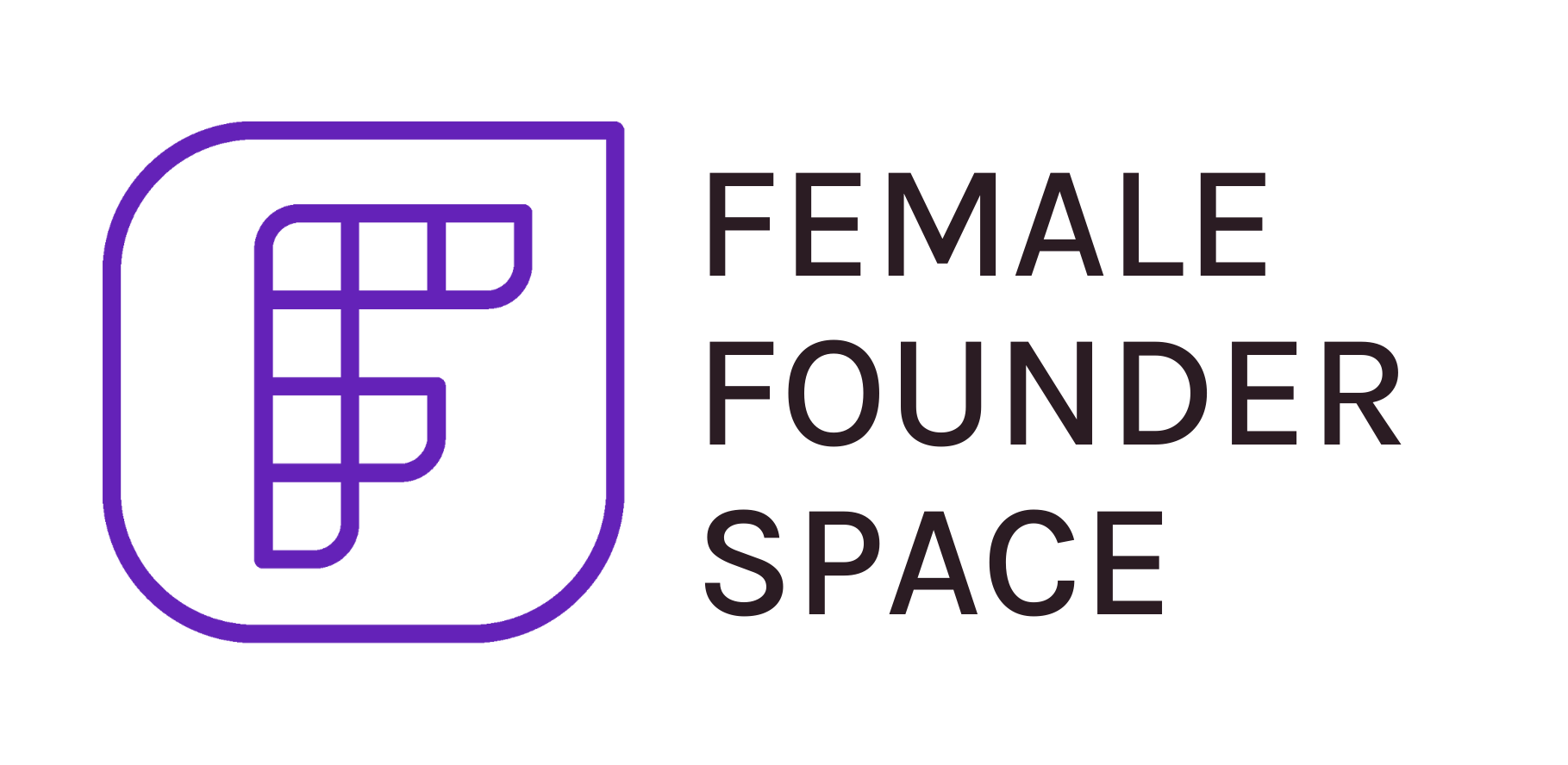Understand The Principles of Customer Development
Transcript
Customer development is a force that process that was presented by Steve Blank in his book and it consists of four steps. So the idea is to first start when setting up a start up, or when you start having an idea, is to first start discovering the customer. So customer discovery, what does it mean? The first point is to understand what could be your possible customer and how to find them, in order to start understanding what their problems might be and what their needs could be. And the idea is to leave the building, so leave your office and to truly start interacting with this potential customer that you identified. So that’s absolutely crucial because I spoke often with people and asked them, did you get in contact with your customers? Yes, we did extensive market research. We did surveys. Did you talk to your customers? No, never. Okay. That’s something that I recommend not to do. Go out and start talking with your customer. Everybody is generally fearful to stop somebody in the street and start talking to them. But it’s very important if you truly want to know what your possible customers experience and what they fear and advise something and apply it together with the companies in project. Sometimes, if you have the possibilities, provide them with vouchers or a free sample or something. So people might be more motivated to give time. Then is customer validation – the second step. So the idea is to truly understand if the customers that you identified before are willing to purchase your product. Because one thing is saying, I have this need, I have this problem. And I might buy that, your solution. A different thing is to truly buy that because sometimes people don’t want to be mean or don’t want to offend, or don’t want to break the feelings of the person that is interviewing them. And provide with replies that are over optimistic. So the real validation is to say, okay, I’m willing to buy your product or not. And at this phase you might pivot, what does it mean? You, depending on the feedback and depending on how the purchasing went, you might go on to the third phase, which is customer creation, or go back to customer discovery. It’s not a problem. Almost every entrepreneurs go back, so don’t feel sad or bad if that happens to you. If everything went fine so far, you move to the third step, which is customer creation. And basically here, the idea is to driving the demand for your product by setting up a marketing and sales team. And the fourth step is company creation. So basically structuring your company in order to build the product and deliver that to your customers. So it’s a very different approach as compared to the product development process. So because here, the focus is on the customer and the customer need from the beginning on.
I will say to my students and to the people that I coach, nothing changes without learning. It’s fundamental to apply this lean startup approach. And according to which rapid prototyping and a series of iteration loops are fundamental and every time it’s crucial to introduce the learnings into the iterations and to integrate them into the products and into the business models. And validated learning is a learning that is quantifiable and actionable and measurable. It’s based on metrics that are very actionable and that allow entrepreneurs to have a very efficient and effective steering of their startups and to integrate the additional feedback that they got into their businesses or in order to provide new features or new qualities to the products. So it’s very important to go through a series of validating learning loops.
